What a Bystander was Taught Saves a Teacher’s Life
When paramedics in Dallas arrived at Sarah Zumwalt Middle School, they found a teacher in the midst of a heart attack. “He was in ventricular fibrillation, a fatal rhythm,” said Fire Department Lieutenant Greg Henderson. They also found that a fellow educator already was performing CPR. Said Henderson, “Bystander CPR is what saved this person’s life.”
The story is often the same in such cases, but sadly, they are few and far between. Only eight percent of heart attack victims survive, mainly because not enough people have taken the small amount of time to learn proper CPR. When the technique is applied quickly and in the right way, the survival rate triples and complications from loss of blood flow to the brain are minimized.
In this case, by happy coincidence, it turned out the victim and his colleague-savior were friends, and had taken CPR classes together, which included training in use of the Automated External Defibrillator, a portable device that aids in restoring normal heart rhythm when accompanied by effective CPR. More and more AED’s are being made available in public places, but not nearly enough people have been taught how to use them.
It’s estimated that only one-in-three heart attack victims receives quick CPR from a bystander. As mentioned, in a quirk of symmetry, their survival rate triples when they do. Sudden cardiac arrest is the number one cause of natural death in the United States, killing over 325,000 people a year. If you take the few hours required to learn CPR, those statistics indicate you have a pretty good chance to put your knowledge to life-saving use. A small investment of time for such an incalculably great return!
Lieutenant Henderson summed up the situation simply: “It’s stories like this that tell you how important bystander CPR is.” And, by definition, how important it is for us to learn it. And if your training took place more than a few years ago, it’s time for a new class, because proper technique has changed. The American Heart Association’s key focus is on chest compression, because blood flow to the brain is so crucial.
How many compressions a minute to apply, how to time them and how much force is necessary are things you can learn in a very short time. What are you waiting for?



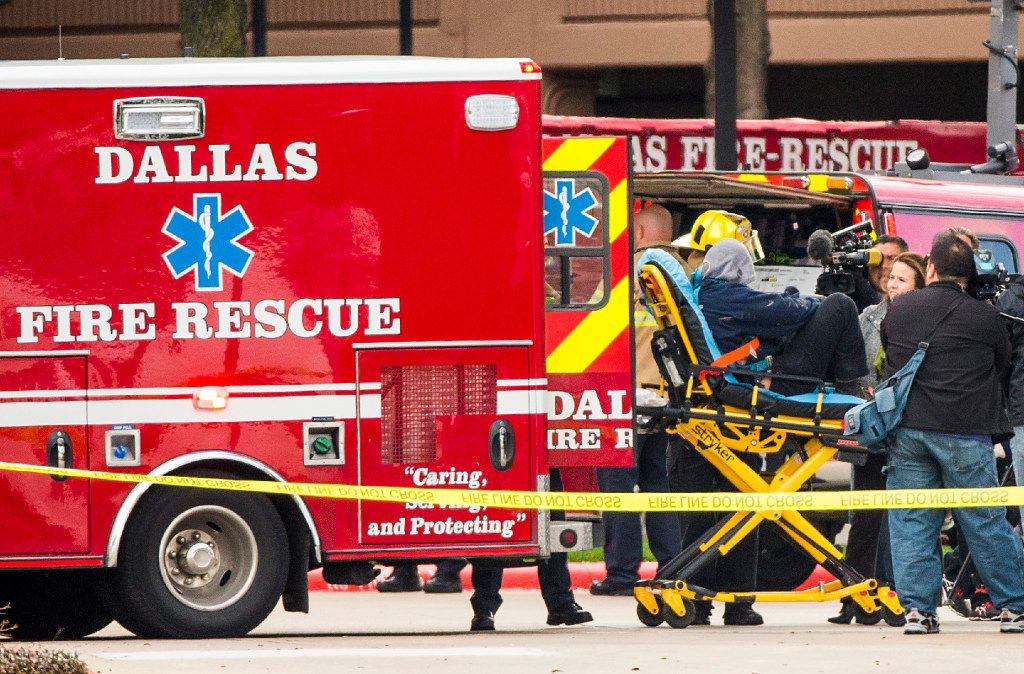

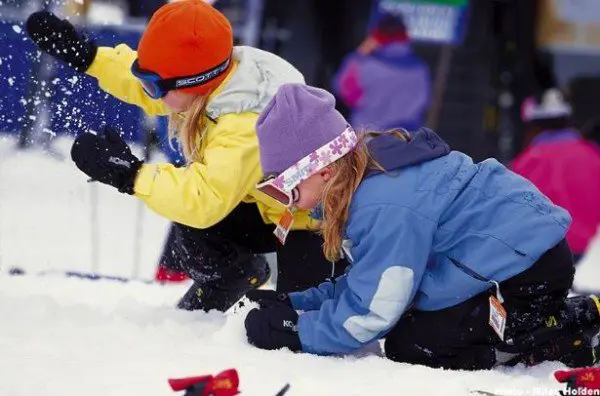
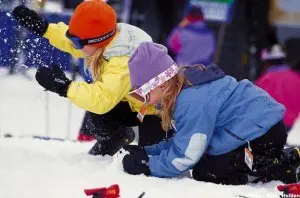




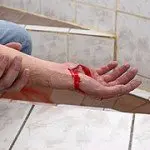
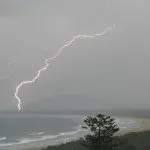
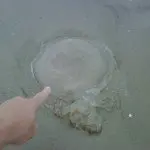 Only in rare circumstances would a jellyfish sting be more than a little painful and irritating. When stung by one at a beach that has a lifeguard on duty, first aid is readily available. If there is no lifeguard or roaming beach patrol, a quick trip to the supermarket for some vinegar is the common way to treat a minor sting. But in rare circumstances, a sting can be life threatening, causing a person to experience sudden cardiac arrest. If no trained first responder is nearby, the victim should be given CPR until professional help is on the scene.
Only in rare circumstances would a jellyfish sting be more than a little painful and irritating. When stung by one at a beach that has a lifeguard on duty, first aid is readily available. If there is no lifeguard or roaming beach patrol, a quick trip to the supermarket for some vinegar is the common way to treat a minor sting. But in rare circumstances, a sting can be life threatening, causing a person to experience sudden cardiac arrest. If no trained first responder is nearby, the victim should be given CPR until professional help is on the scene. Don’t swim during popular shark feeding times – at dawn and dusk. Don’t go too far from shore or where there are sandbars or steep drop-offs. Don’t wear shiny jewelry that would give an impression that you are a fish with scales. Don’t go into the water if you see large groups of fish, seabirds or dolphins. Sharks devour them and you wouldn’t want to be dessert. Don’t swim or surf alone. Many a buddy has saved a buddy’s life.
Don’t swim during popular shark feeding times – at dawn and dusk. Don’t go too far from shore or where there are sandbars or steep drop-offs. Don’t wear shiny jewelry that would give an impression that you are a fish with scales. Don’t go into the water if you see large groups of fish, seabirds or dolphins. Sharks devour them and you wouldn’t want to be dessert. Don’t swim or surf alone. Many a buddy has saved a buddy’s life.

